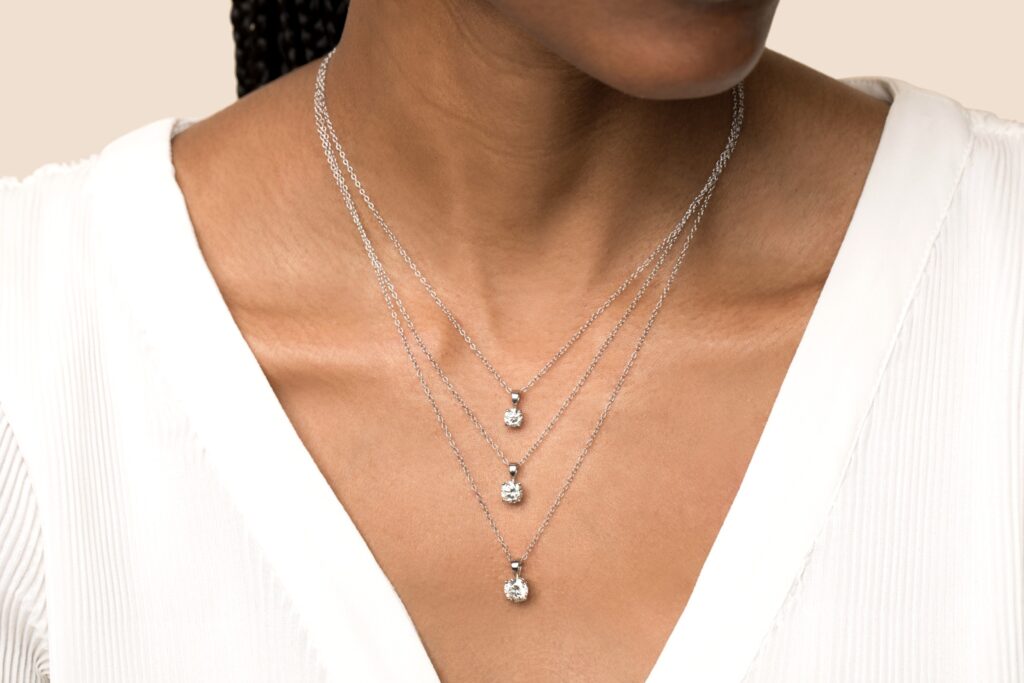Whip Cream Maker Enhances the Baking with Precision and Speed
A whip cream maker is a revolutionary tool that has become an essential asset in many kitchens, especially for those who enjoy baking or preparing desserts. This handy device offers a range of benefits that can significantly enhance your baking experience by improving both precision and speed. Whether you are making light and fluffy whipped cream, creating foamy toppings for cakes, or even infusing different flavors, a whip cream maker ensures that the process is easy, efficient, and consistent. Traditional methods of whipping cream, such as using a whisk or electric mixer, can be time-consuming and may not always achieve the desired consistency. A whip cream maker takes the guesswork out of the process by quickly and effectively turning cream into soft or stiff peaks with minimal effort. With adjustable settings, these machines allow bakers to control the texture and firmness of the whipped cream, ensuring it is perfect for various uses, from filling pastry shells to topping hot drinks.
The speed at which a whip cream maker works is another major benefit. When preparing whipped cream by hand or with a mixer, it often requires several minutes of mixing and monitoring to ensure the cream does not over whip. This can be tedious, especially when you are multitasking in the kitchen. A whip cream maker drastically cuts down on this time, allowing you to prepare large quantities of whipped cream in just a matter of seconds. This speed is especially helpful for busy bakers who need to streamline their workflow, as it frees up time for other tasks, such as decorating cakes or preparing additional components for their dessert. In addition to saving time, a whip cream maker also eliminates the risk of overwhipping. Overwhipping is a common issue when manually whipping cream, which can result in grainy or butter-like textures that are not suitable for many desserts. A whip cream maker ensures that the cream is whipped to the perfect consistency, preventing mistakes and delivering professional results every time.
This consistency is essential for delicate desserts, such as mousses, soufflés, or layered cakes, where the texture of the whipped cream can significantly impact the overall outcome. While it is primarily used for whipping cream, many models come with attachments or features that allow you to infuse flavors or even make other mixtures, such as meringues or flavored foams. This flexibility opens up a wide range of possibilities for creative baking and dessert-making. You can add vanilla, chocolate, or fruit extracts to your cream or even experiment with savory flavors for a unique twist on classic dishes. Additionally, using a whip cream maker is a more sustainable and environmentally-friendly choice. Since it does not rely on disposable products like aerosol cans of whipped cream, you can make only the amount of whipped cream you need, reducing food waste and the environmental impact associated with pre-packaged whipped cream products. One of the key advantages of using a whip cream maker is the level of precision it offers.

 As you move inside, the mansion’s creaky floors and cobwebbed corners become the perfect canvas for creativity. Gothic chandeliers drip with thick candle wax, casting flickering shadows along the wall. With shades of silvery grey and rich, crimson reds, you can create a spectral glow around the long-forgotten hallways. Haunted houses are filled with details that you can bring to life, from the old, ornate mirrors that might reveal a shadowy figure when colored just right, to the tattered drapes swaying in an imaginary breeze. Beyond the haunted mansion, another world of ghostly creatures awaits. A ghoulish graveyard, bathed in the light of a full moon, beckons to be filled with color. Think of eerie blue hues to paint the wisps of fog rolling across the tombstones, while skeletons rise from the earth, draped in the shadows of grey, bone-white, and dark midnight black. Let your imagination run wild as you color in creatures like werewolves, vampires, and witches, all set against the haunting backdrop of a chilly October night.
As you move inside, the mansion’s creaky floors and cobwebbed corners become the perfect canvas for creativity. Gothic chandeliers drip with thick candle wax, casting flickering shadows along the wall. With shades of silvery grey and rich, crimson reds, you can create a spectral glow around the long-forgotten hallways. Haunted houses are filled with details that you can bring to life, from the old, ornate mirrors that might reveal a shadowy figure when colored just right, to the tattered drapes swaying in an imaginary breeze. Beyond the haunted mansion, another world of ghostly creatures awaits. A ghoulish graveyard, bathed in the light of a full moon, beckons to be filled with color. Think of eerie blue hues to paint the wisps of fog rolling across the tombstones, while skeletons rise from the earth, draped in the shadows of grey, bone-white, and dark midnight black. Let your imagination run wild as you color in creatures like werewolves, vampires, and witches, all set against the haunting backdrop of a chilly October night.


 Assuming you coordinate it with her different adornments, odds are she will actually want to wear it with her different pieces and will gladly invest it on each energy. Something else that you ought to think about is your financial plan. Recollect that you ought to just buy a ring that is inside your means to try not to miss the mark concerning your recompense. Decent conditions to continue in purchasing diamond rings are get one
Assuming you coordinate it with her different adornments, odds are she will actually want to wear it with her different pieces and will gladly invest it on each energy. Something else that you ought to think about is your financial plan. Recollect that you ought to just buy a ring that is inside your means to try not to miss the mark concerning your recompense. Decent conditions to continue in purchasing diamond rings are get one